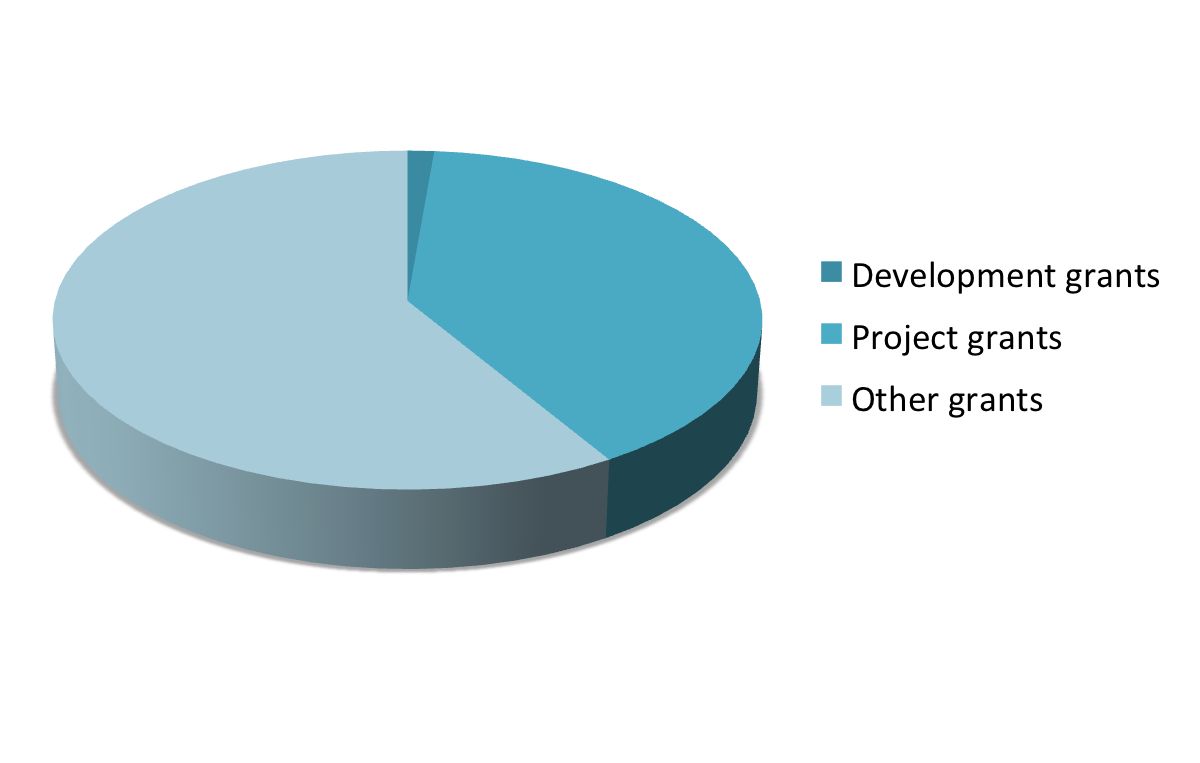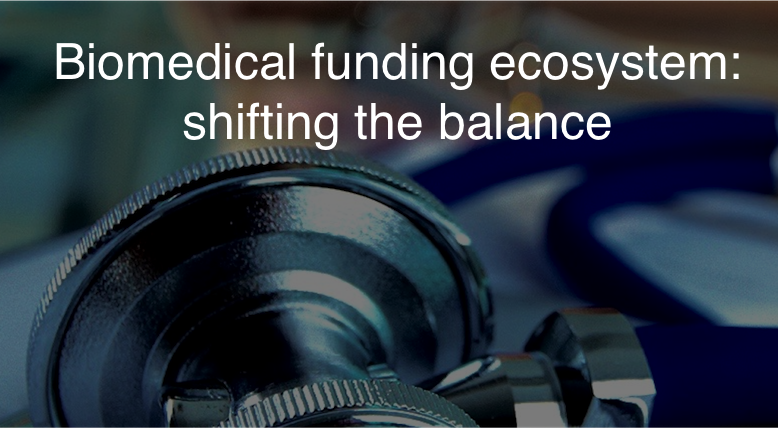Biomedical innovation and the “valley of death” are terms many Australians may have been unfamiliar with until recent times.
Biomedical research can provide benefits to the community through new and improved innovations such as medicines, diagnostics, devices and vaccines.
Australian researchers rank very highly on global benchmarks when it comes to publications and basic research. The Australian biotechnology sector is also ranked 4th in the world by Scientific America.
Australia’s ranking in taking innovations from our academic institutions and connecting them with industry and investors that can create products, however, needs help. The Global Innovation Index ranks us at the bottom of the OECD and behind many countries that we outperform in other areas. It identifies the need and opportunity for Australia to improve in collaborations so that the benefits from our research can reach those in need.
Maximising these opportunities also means that we gain economic benefits creating new industries and jobs.
Medical research, however, is not only about biomedical research. Areas of research also include health services, public health and clinical medicine. All of these areas are important.
“We need to get the balance right”
The scope in which funding is applied also varies from blue-sky curiosity driven research to applied research and clinical trials. To maximise the benefits from our investments (grants), it is important that we get the balance right. Too much support at one end may mean that we don’t make the discoveries that can eventually lead to new innovations. Not enough support beyond the discovery means that discoveries may whither on the vine and never deliver their potential benefit.
In November 2015, the NHMRC announced $630 million of funding to support 836 new research projects. Approximately $420 million of funding was directed towards 516 project grants (average $813,000 each) across the areas of research and covering many disease areas including cancer, diabetes, cardiovascular disease and people support such as fellowships.
A few months earlier, the NHMRC announced 24 Development Grants of around $14 million (average $589,000 each, ranging from $213K – $1M) to help advance research into promising discoveries.
In December, the government made its first announcements relating to innovation, including the need to move the balance from ‘publish or perish’ modalities towards impact, community and socioeconomic benefits. These announcements included a new $250 million biomedical innovation fund, which will provide about $10 million per year towards research that will help cross the “valley of death” and the development of new measures and rewards relating to non-academic impact and end-user engagement in university research.
“$10 million = 1.6% of annual NHMRC grants can make a big difference”
The initiatives together with other components of the program that will encourage industry and investment have the potential to influence the balance by not only increasing the financial effort into translational research, but by positively shifting the centre of balance, influencing culture and strategy.

Recognising the issues outlined above the National Foundation for Medical Research and Innovation (NFMRI) began implementing a new strategy in 2014 focused on assisting biomedical research translation.
It is also more than just money that is required. Skill sets from academia, research translation, commercialisation and clinical end users to investors and intellectual property experts all play a key role. Partnerships to provide expert advice and access to mentors help researchers and institutions achieve common goals.
NFMRI considers both the “push and pull” in biomedical research. The push being technological advancement and scientific discoveries, and the pull relating to the potential for translation, unmet medical need and the research requirements of potential industry/investor collaborators.
The role of the research institution’s industry engagement office is a key component when considering capability and capacity. They not only help connect with industry and investors, but also have the potential to be part of the innovation team identifying key research components that will help make a particular innovation attractive to industry.
Capability and capacity is also more than publications and key infrastructure. It also includes things such as quality systems and access to STEM sciences such as biostatisticians.
Another key component of NFMRI’s strategy is funding research that requires external collaborators. This enables researchers to identify key research activities in the “valley of death” that supplement their internal research program. These questions may require access to facilities, expertise and quality systems not available at a particular institution. Investors and industry may have identified the questions as a prerequisite for potential partnering.
NFMRI has developed three innovation portfolios where targeted funding and support have identified success parameters. Our two-year averages show a trend towards a decreasing amount of requested funding over a shorter duration, with studies focused on providing a specific answer to advance (or fail) innovations.

“It is more than just the disease that requires funding, it is how strategic and efficient support can make a larger difference”
Irrespective of disease, NFMRI has positioned itself with a unique set of skills, experiences and networks to support and enable biomedical research to advance along the innovation pathway – all while enabling collaborations. If you are a donor or foundation with an interest in biomedical innovation please talk with us, we are very happy to help.

